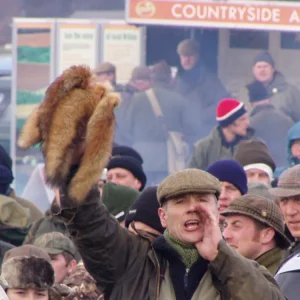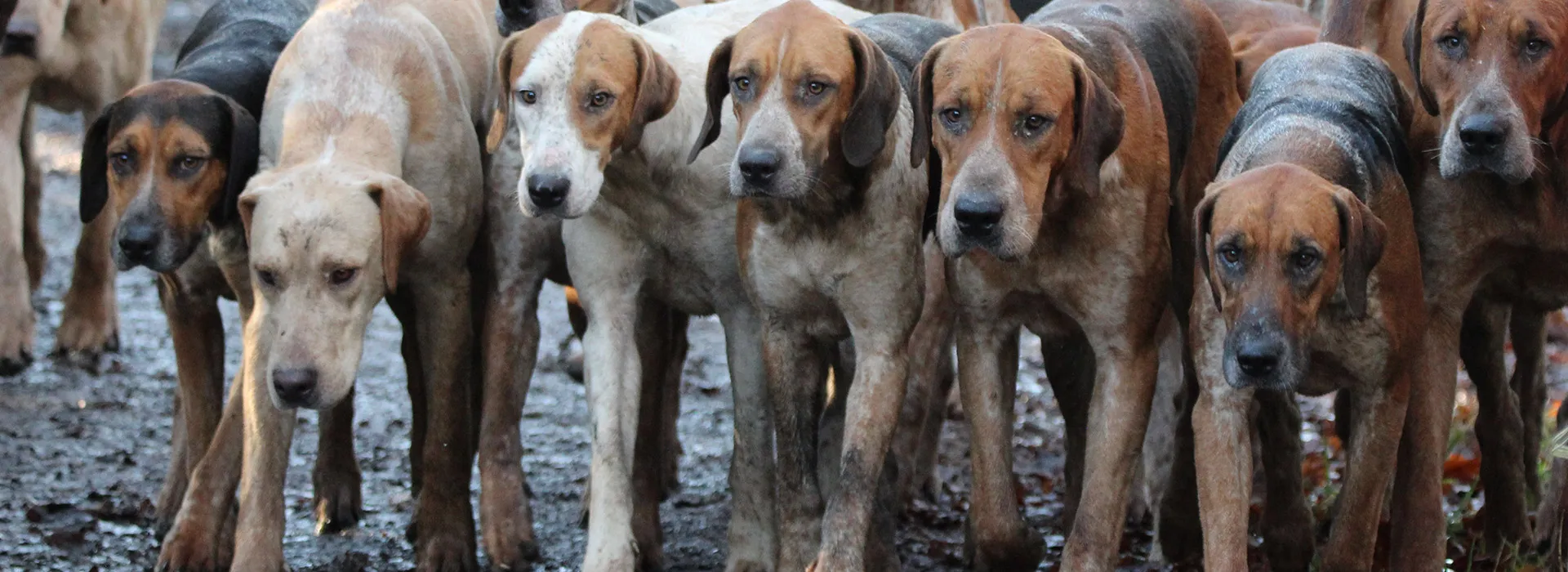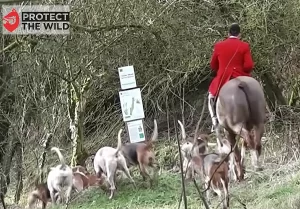Two hounds were today killed after being hit by a high speed train in an identical incident to one which occurred at the same spot exactly a year ago.
The two hounds, part of the pack being hunted by the Cheshire Forest Foxhounds at Bradwall Manor, near Sandbach in Cheshire, were killed as they crossed the busy Crewe to Manchester line. The pack had flushed a fox from a covert and two whippers-in encouraged the hounds on in the chase which led them directly across the rail track.
This incident occurs exactly a year to the day that the hunt suffered the loss of another hound after it to was struck by a train at the same spot. At the time the then Master, Peter Hunter stated ‘it is … very rare for this to happen … I think it is of great credit to the hunt staff that this does not happen very often’.
British Transport Police were called to the scene and the incident reported, although at this time it is not known if any action is to be taken against the hunt for trespass.
Facts and Figures:
- Trespass on a railway line is a criminal offence – but it is one which the British Transport Police do not seem to take seriously, with only one prosecution recorded (see below).
- The Cheshire Foxhounds were successfully prosecuted in May 1994 following a trespass recorded by the League Against Cruel Sports. Three members of the hunt were fined £25. (See LACS `Track Record: A Report on Road and Rail Accidents Caused by Hunting’.)
- In January 1994, following the trespass incident referred to above, British Rail managers issued a memo to all Cheshire train drivers which warned them to slow down when in foxhunt territories in the county.
- These deaths take the number of hounds killed this year to 22 – 10 hounds from the West Kent Foxhounds were electrocuted on the Paddock Wood and Tonbridge line in January, and a further 10 from the South Pembrokeshire Foxhounds were killed after being hit by a train.
Hunt Details:
Cheshire Forest Hunt
Source: LACS Wildlife Guardian






